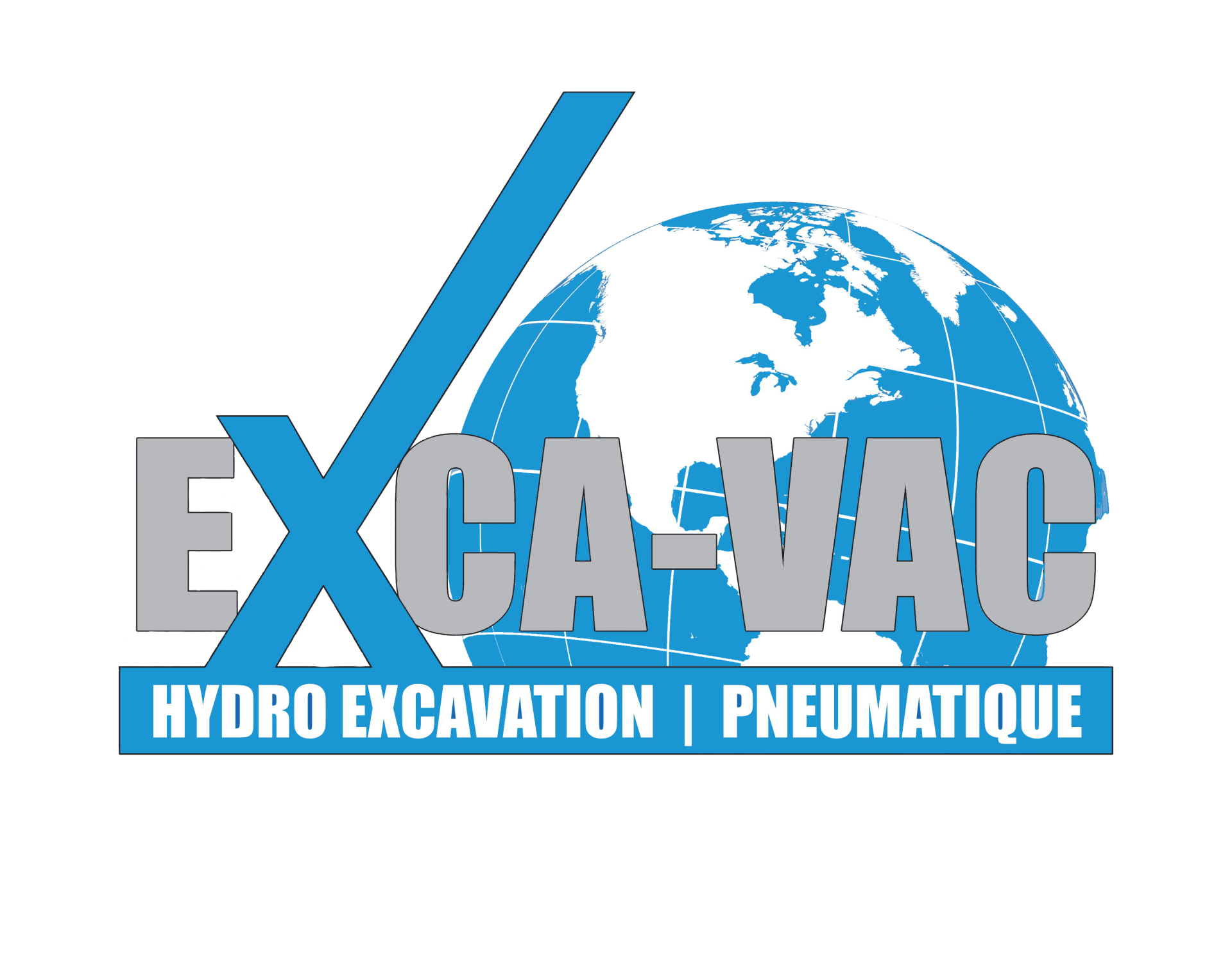EXCA-VAC
The Company
About Us
In 2012, Patrick De Sylva and Steve Savoie joined forces to create an excavation company whose trademark would be based on exceptional quality work, innovative technologies and unparalleled expertise.
Exca-Vac quickly became one of the most active excavation companies in the Montérégie and Montreal regions as well as an indispensable business partner.
In order to offer the best in the field of excavation, Exca-Vac remains on the lookout for new technologies and is refining its fields of expertise in the execution of work in the residential, commercial, institutional and municipal sectors.
The company continues to grow and in 2016, as a new office opens in Quebec City. True to its founding principles, Exca-Vac continues to gain the trust of many new clients in the region.
The Exca-Vac team is made up of some forty employees certified and qualified according to the standards of the Régie du bâtiment du Québec. A competent, dedicated team that has acquired solid experience with a clientele that has specific needs. In an environment that is constantly evolving, both in terms of the technologies used and the processes implemented, the company relies on state-of-the-art equipment that allows the completion of your projects in an efficient and safe manner.
At Exca-Vac, our mission is simple: to provide quality excavation services focused on customer satisfaction.
Pneumatic Hydro-Excavation
Pneumatic hydro-excavation is an innovation compared to traditional means for work in restricted areas. It replaces manual work and less adapted equipment. This technique not only brings significant advantages to the approach of underground networks to avoid damaging them, but also provides increased safety against the risk of broken pipes. The suction, by this equipment, brings to the surface the sludge, sand, earth, stones inside a 12 cubic yard tank like a huge vacuum cleaner.
The Advantages of Hydro-Excavation by Suction
- Vacuum hydro-excavation is ideal for not damaging landscaping, earthworks, sidewalks, paving and other structures
- Hydro-excavation by vacuum method presents less risk of environmental damage than conventional excavation, especially near waterways and wetlands
- Hydro-excavation by suction is a very efficient and reliable method in several sectors: municipal, industrial, commercial, institutional and residential.
Municipalities regularly use these services for emergency repairs such as water main breaks, valve breaks and underground excavations.
The Advantages of Hydro-Excavation by Suction
- Vacuum hydro-excavation is ideal for not damaging landscaping, earthworks, sidewalks, paving and other structures
- Hydro-excavation by vacuum method presents less risk of environmental damage than conventional excavation, especially near waterways and wetlands
- Hydro-excavation by suction is a very efficient and reliable method in several sectors: municipal, industrial, commercial, institutional and residential.
Municipalities regularly use these services for emergency repairs such as water main breaks, valve breaks and underground excavations.
The Advantages of Hydro-Excavation by Suction
- Vacuum hydro-excavation is ideal for not damaging landscaping, earthworks, sidewalks, paving and other structures
- Hydro-excavation by vacuum method presents less risk of environmental damage than conventional excavation, especially near waterways and wetlands
- Hydro-excavation by suction is a very efficient and reliable method in several sectors: municipal, industrial, commercial, institutional and residential.
Municipalities regularly use these services for emergency repairs such as water main breaks, valve breaks and underground excavations.
Objectives of Use
Vacuum excavation is used to minimize the excavation area and reduce the risk of damage to adjacent services.
Compressed air is injected into the ground to loosen the material. This material is then vacuumed out of the well and reused.
The excavation equipment is portable and requires little space.
Objectives of Use
Vacuum excavation is used to minimize the excavation area and reduce the risk of damage to adjacent services.
Compressed air is injected into the ground to loosen the material. This material is then vacuumed out of the well and reused.
The excavation equipment is portable and requires little space.
Types of Application
This technique is used for valve housing straightening, cleaning, raising the housing frame, minor repairs, replacement of lateral connection rods, installation of freeze protection of pipes, closing of service valves, valve repair, installation of anodes for cathodic protection and for soil testing.
Since the excavation area is about 300 mm by 300 mm, this type of intervention causes little disturbance.
Preliminary and Complementary Work
Before starting the work, it’s important to verify the presence of services located near the excavation site. In addition, the surface coating (paving stones, grass, etc.) must be removed.
Conditions and Limits of Application
The type of soil influences the work. For example, rocky soil can make the task more difficult to accomplish.
The performance of the technique is not affected by low temperatures. In frozen soil, the intervention is possible but more time consuming.
Below the water table, the efficiency of the excavation depends on the infiltration rate.
Add a title here
Types of Application
This technique is used for valve housing straightening, cleaning, raising the housing frame, minor repairs, replacement of lateral connection rods, installation of freeze protection of pipes, closing of service valves, valve repair, installation of anodes for cathodic protection and for soil testing.
Since the excavation area is about 300 mm by 300 mm, this type of intervention causes little disturbance.
Add a title here
Preliminary and Complementary Work
Before starting the work, it’s important to verify the presence of services located near the excavation site. In addition, the surface coating (paving stones, grass, etc.) must be removed.
Add a title here
Conditions and Limits of Application
The type of soil influences the work. For example, rocky soil can make the task more difficult to accomplish.
The performance of the technique is not affected by low temperatures. In frozen soil, the intervention is possible but more time consuming.
Below the water table, the efficiency of the excavation depends on the infiltration rate.
Deadlines and Execution Time
Turnaround time varies depending on the type of work to be done and the depth to be reached. The repair of a valve box or a service box generally requires two hours.
Applications
- Repair of Service Boxes, Street Valves, Etc.
- Pipes Exposure: Aqueduct, Sanitary, Drain, Gas, Electrical, Fibre Optics, Etc.
- Lead Water Inlet Change
- Installation of Cathodic Anodes on Water, Gas, Etc. Pipes
- Poles Installation
- Posts Installation
- Electrical Trenches
- & More Tasks
State-of-the-art equipment to meet your needs while respecting environmental and occupational health and safety standards.
Address
6060, avenue Raoul-Lassonde,
Saint-Hyacinthe, Québec
J2R 1E4
Contact
Phone: (450) 253-5279
Email: info@excavac.net
Address
6060, avenue Raoul-Lassonde
Saint-Hyacinthe, Québec J2R 1E4
Contact
Phone: 450 253-5279
Email: info@excavac.net







